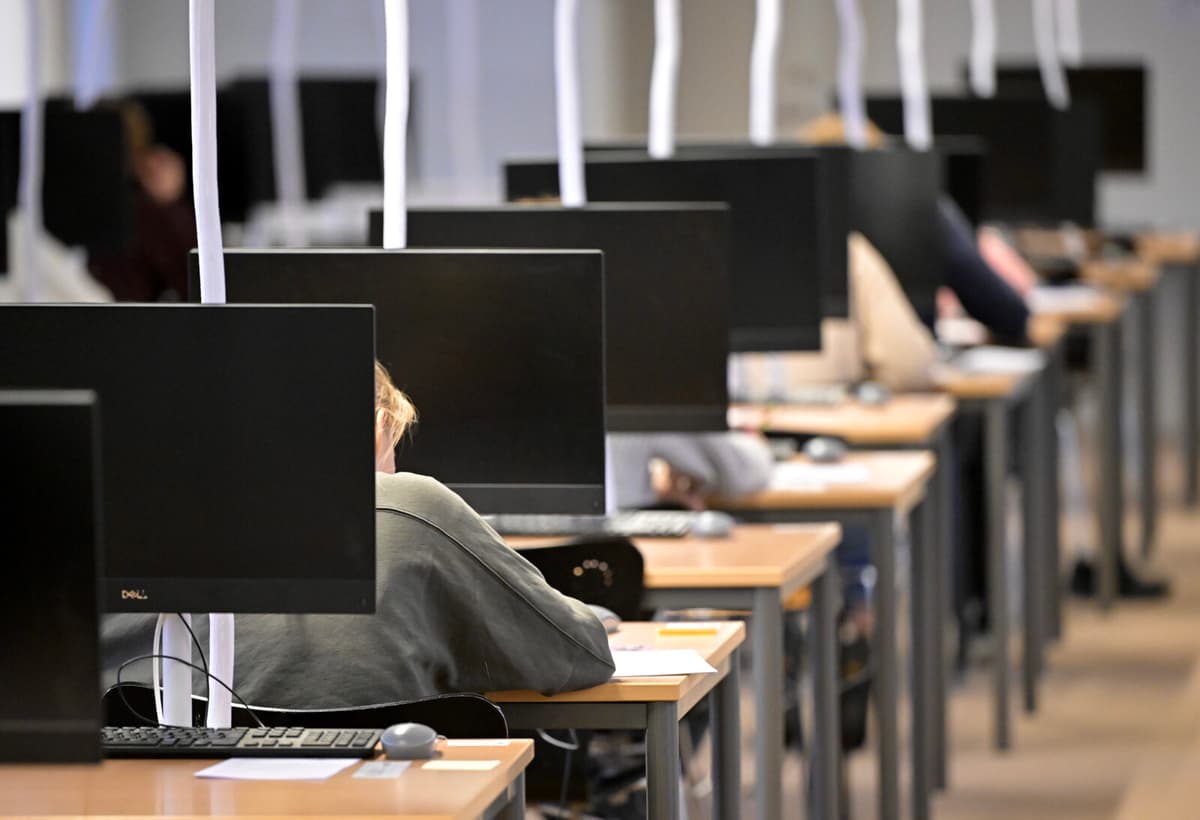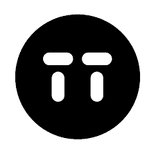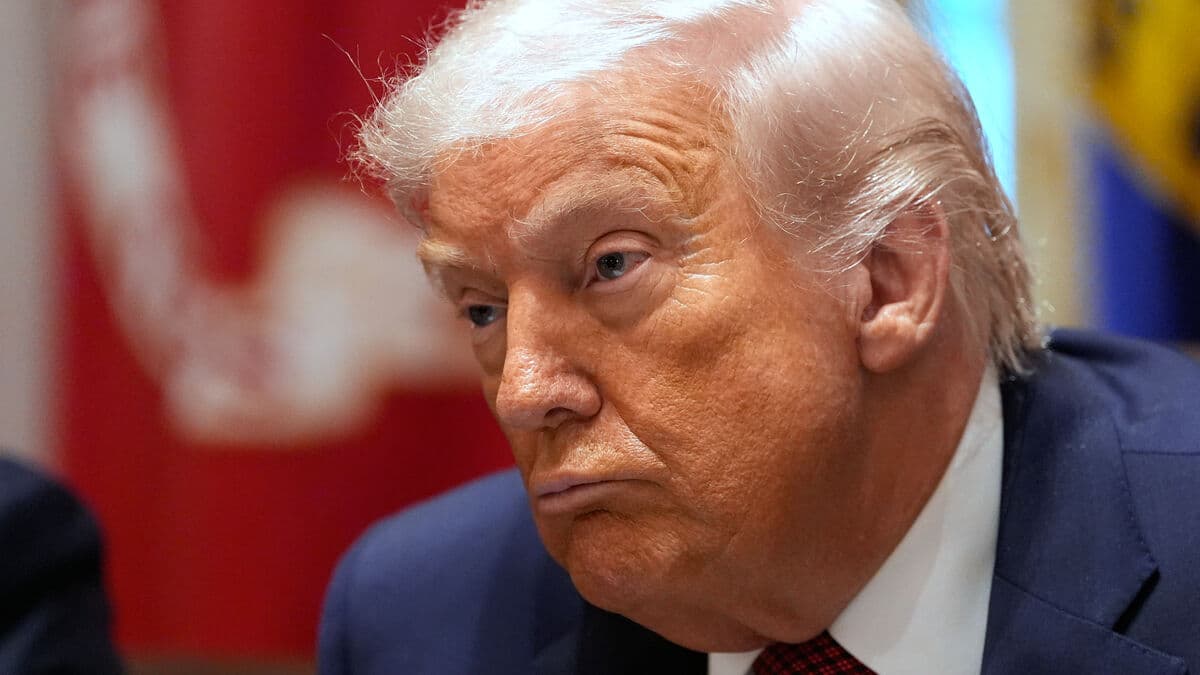Over 93,000 people have registered to take the university entrance exam this spring, at one of the approximately 120 locations where the exam is held. It is the highest number in over 30 years, but Mattias Wickberg is calm.
We conduct technical and statistical analyses where we follow up on the test-takers' results and we have no indications that cheating occurs on a larger scale, he says to TT.
Metal Detectors
To prevent cheating, UHR, which organizes the university entrance exam, will have entrance and exit controls with metal detectors at some of the locations. Which ones will not be disclosed in advance.
Comments on test-takers are common during the day, but most often it's about suspected carelessness and mobile phones that haven't been turned off. But a few, a handful each season, are caught "in flagrante" – red-handed – with suspected cheating.
Some try to circumvent the controls with clever tricks.
Recently, for example, someone had glasses with headphones that go into the skull instead of the ear. It's things like that that vigilant test leaders discover during the test day, says Mattias Wickberg.
"Ghost Writers"
Others take a more manual, probably more expensive method. They hire sharp "ghost writers" who, with someone else's identification, take the test for them.
It's hard to catch, simply. But even here, it's vigilant test leaders who do a good job.
In 2016, cheating became punishable by fines or, in the worst case, imprisonment for six months. Since then, test-takers must assure "on honor and conscience" that they do not cheat.
But none of those who have been caught for false assurance have ended up in prison.





